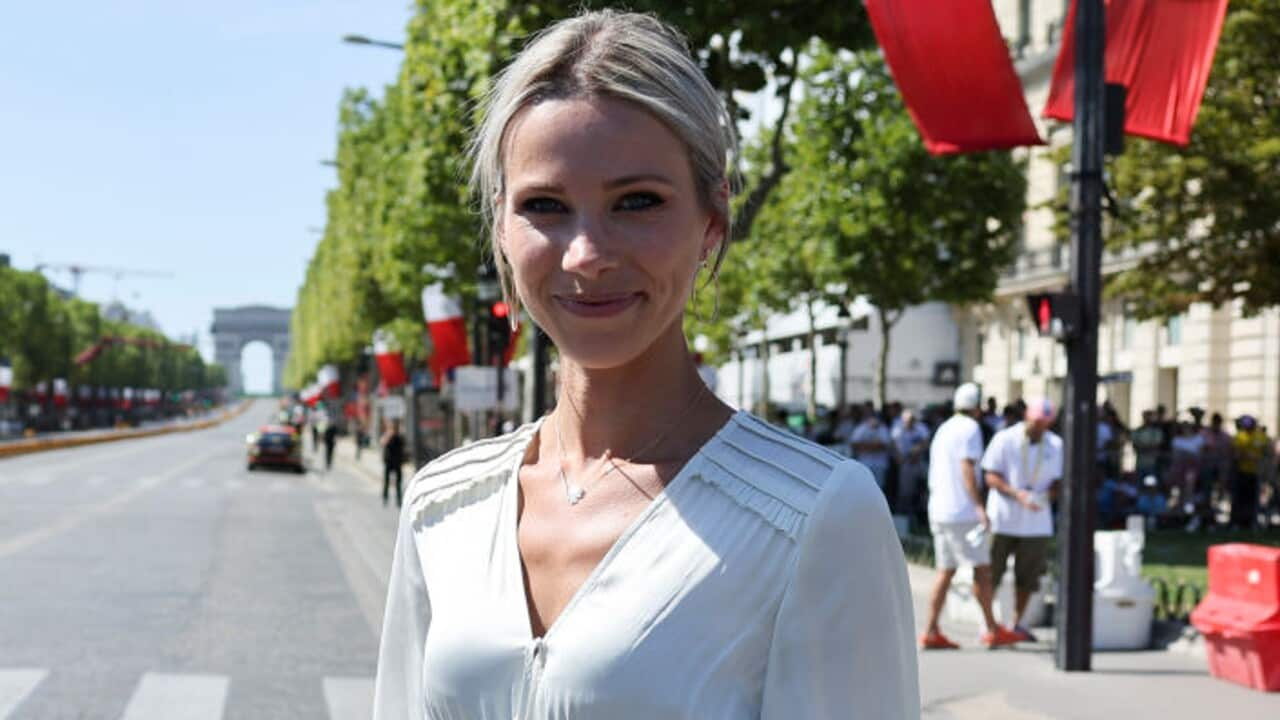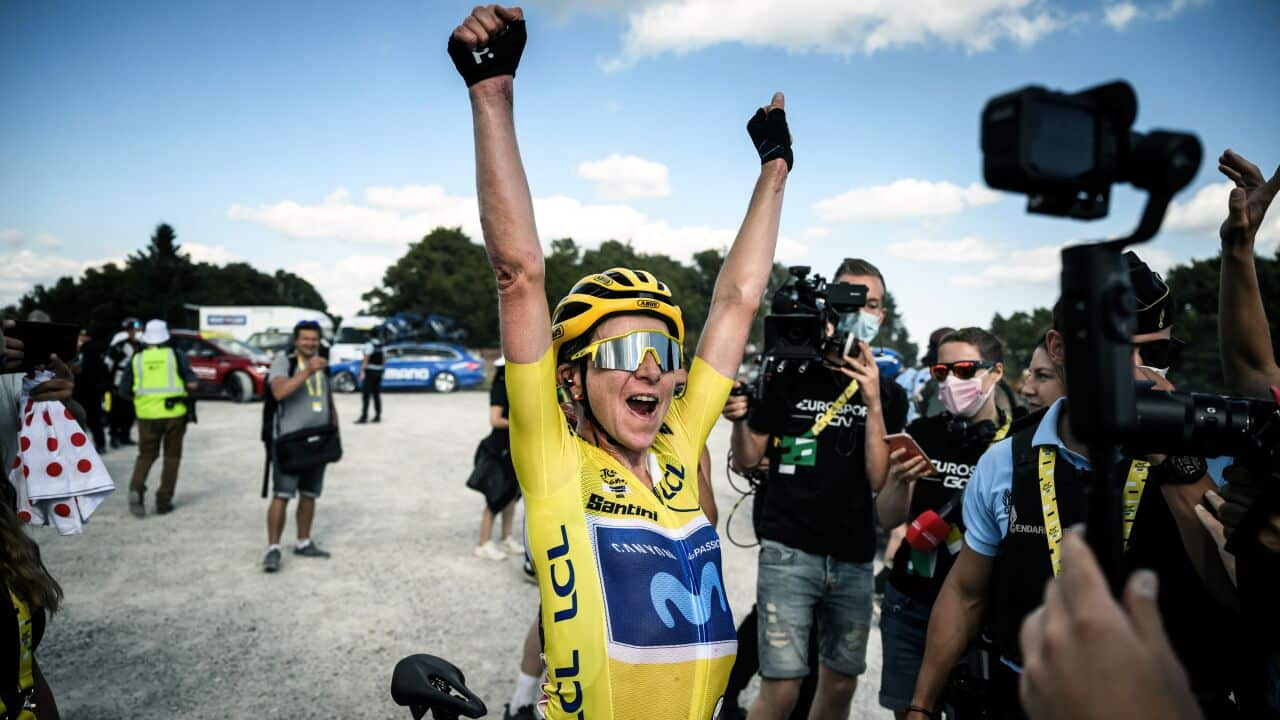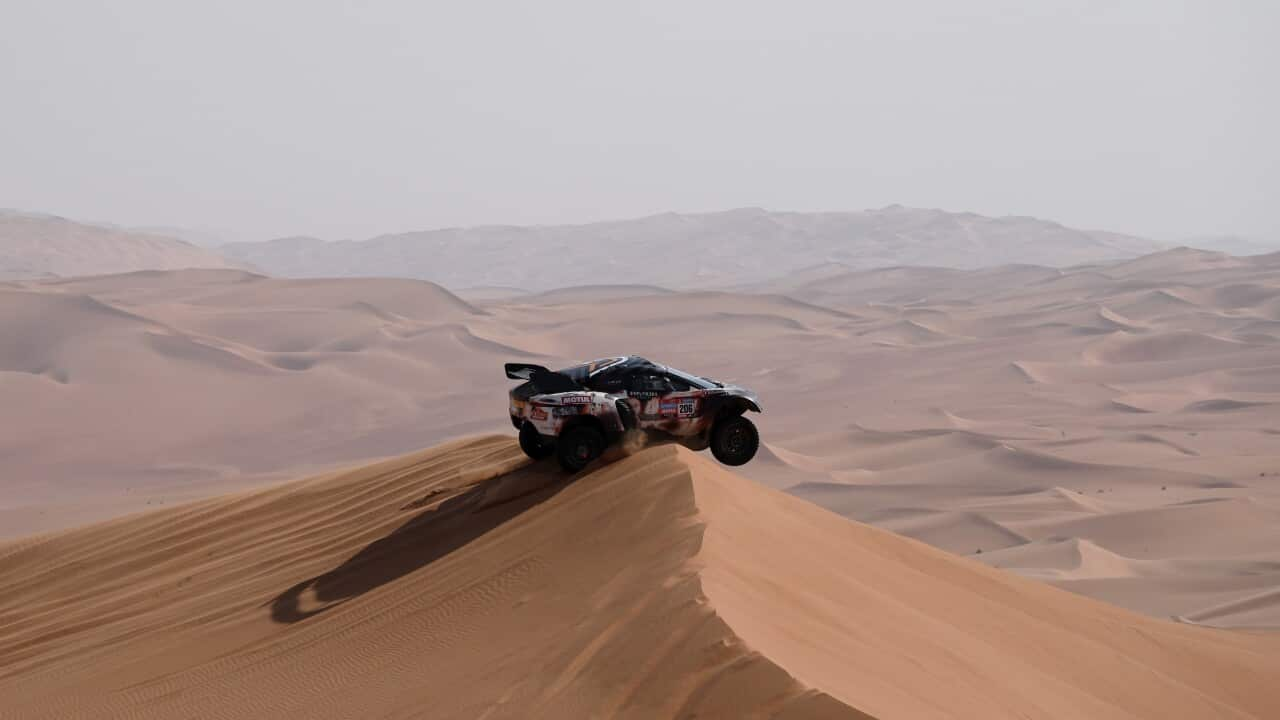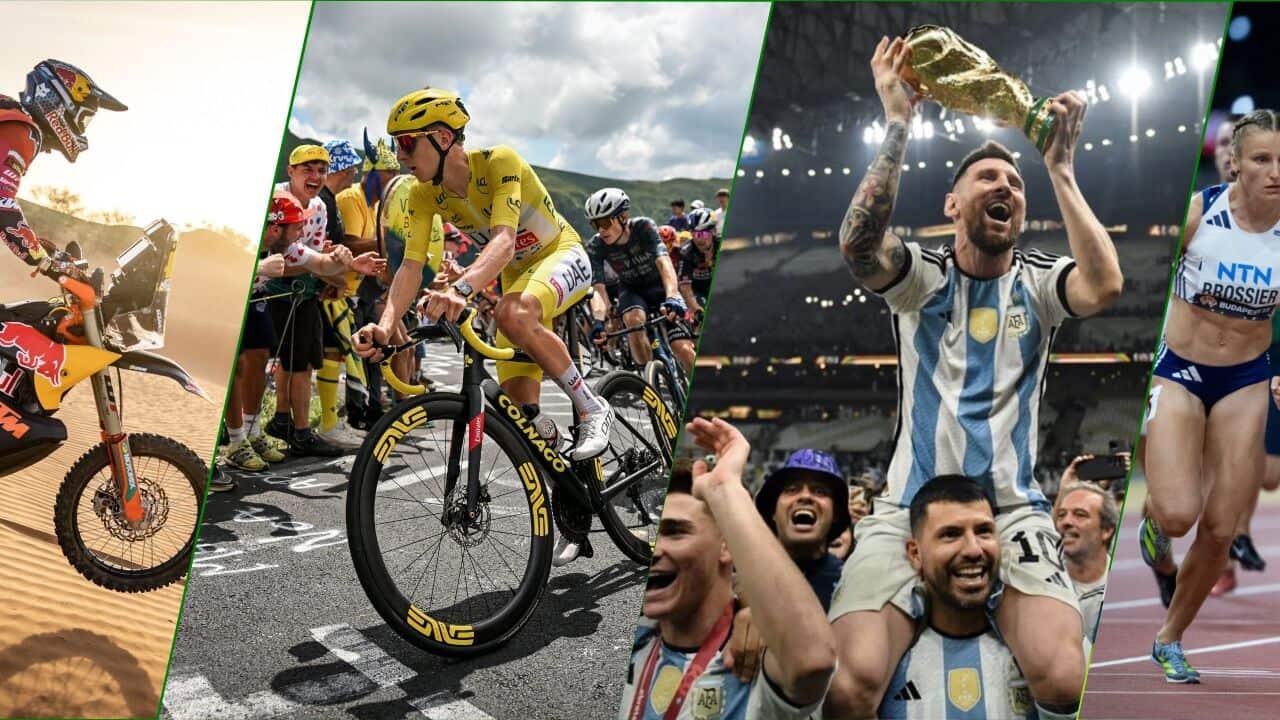As Jonas Vingegaard rode to glory on the Champs-Élysées, the women departed Paris for the inaugural Femmes edition that would span eight days and conclude atop La Super Planche des Belles Filles.
Annemiek van Vleuten’s place on the podium, complete in the maillot jaune, was a sign of success not just for her illustrious career, but for the future of women’s cycling and the increasing appetite for more of it.
READ MORE
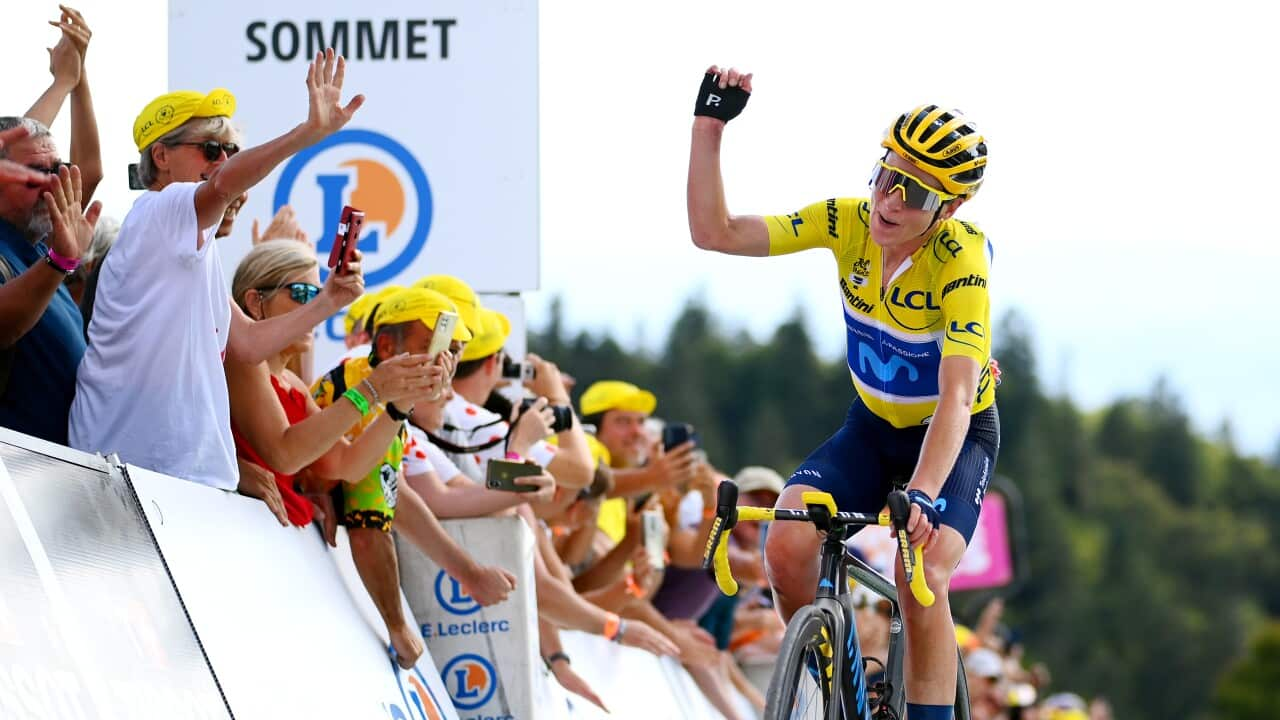
Van Vleuten wins the Tour de France
According to Rousse, the Tour’s reception was never in doubt, and now, having met the challenge, expansion is next on the agenda.
"I was always sure of one thing with this race," Rousse explained. "It wasn’t a gift that we were giving to women’s cycling, to create a women’s Tour de France.
"They simply deserve it, and you see the proof each day, with different scenarios in the race. And even though it’s the first year, it’s a proper Tour de France, with the caravan, the crowds, placards, flags - it’s great. It gives me shivers when I see it."
"It’s important in this first year to see the reception from the public, the media, the audience, the sponsors," Rousse continued, as quoted by the Guardian.
"They don’t know with a new race how things will go, but it’s already impressive on all levels. We’re making women’s cycling a part of everyday life.
"We’ve met the challenge and clearly it’s going to grow in the next years."
Part of that growth includes an increase in the Tour’s eight-stage format, trips through the Alps and Pyrenees, and the introduction of an individual time trial.
For Rousse, however, there remains significant hurdles women’s cycling must overcome before those changes materialise.
"Although women’s cycling has evolved, the economic model remains fragile," she said.
"It’s still an amateur milieu, for sure, and one hopes that, thanks to the audience, to the fact that the race is on TV in 190 countries around the world, and because it’s the Tour de France, that the sponsors will be encouraged to invest in women’s teams.
"You can’t build a race of 10 days or three weeks on the spot. You need to develop it progressively. For now, it’s eight days."
"We’ve already learned a lot," Rousse added. "There are some questions to answer - some things we can improve on for next year.
"But looking at the popular success, the size of the TV audience, the interest in the race, the quality of the racing - it’s going to get bigger in the coming years."
